Creativity on Tap
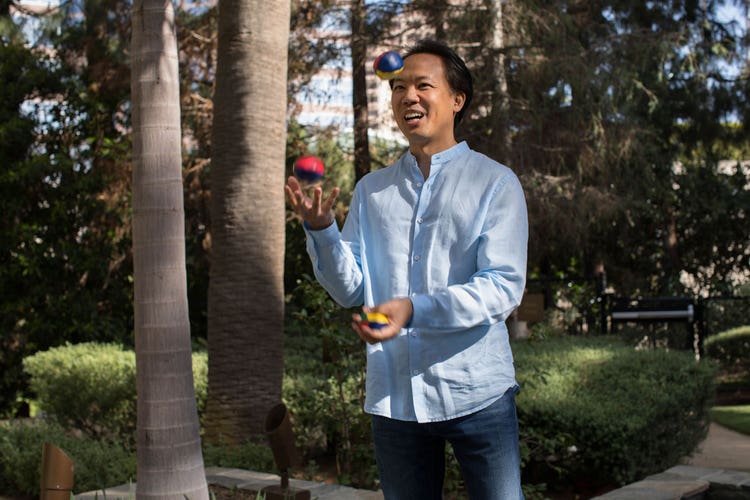
Six habits can help keep ideas flowing.
Have you ever wondered how you can work more efficiently? As a memory expert, I often tell people that one of the best ways to work more efficiently is to learn to read faster, but learning how to become more creative is a close second. Creative insights seldom come on demand, but the good news is you can implement processes that contribute to your creativity every day. Here are some of my favorites.
Be more observant.
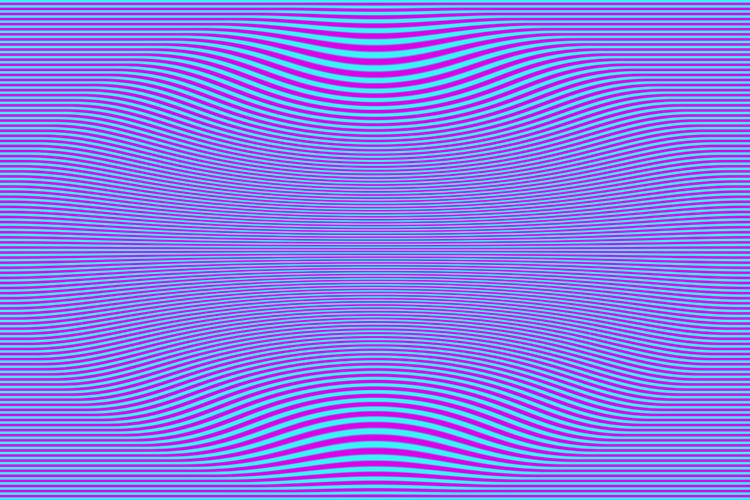
What color are the letters in the Google logo? Chances are, you don’t know the answer to that even though you see its website every day. I always tell people that if you can’t remember something, it’s just as likely to be an attention issue as a retention issue. In other words, it’s not that you can’t recall someone’s name; you just never bothered to pay attention to it in the first place. Observation is equally critical to creativity because so much of creativity comes from connecting disparate ideas in non-obvious ways so you learn to become powerfully present. As technology writer Pagan Kennedy often says, “If you’re seeing something that’s weird and not fitting and doesn’t quite make sense, having the ability to slow down and become curious and pull that string and follow it is really important.”
Take a break.
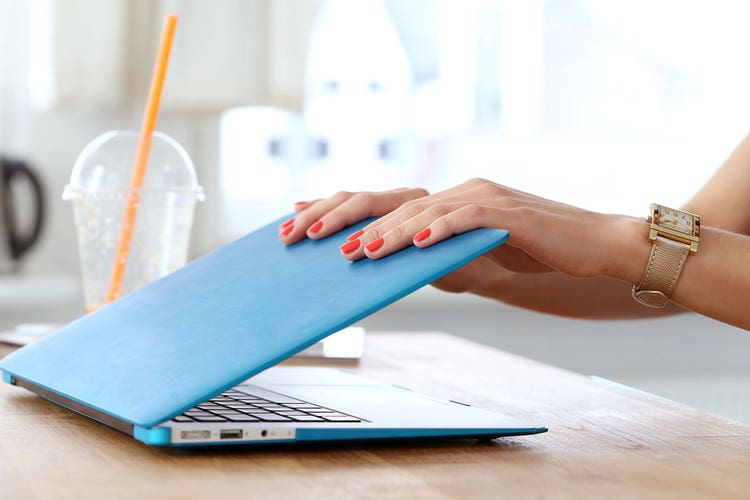
We’ve all had problems that just don’t seem solvable no matter how hard we think about them. When that happens, it’s crucial that you take a break. Don’t just stop thinking of the problem— physically walk away. Lee David Zlotoff, the creator of “MacGyver,” recommends this because even if you’re not consciously working on the problem, your subconscious will work on it for you. Plus, stimulating your brain with new environments boosts your creativity. You might even borrow a tip from productivity expert Julia Roy. In our “Kwik Brain” podcast episode with Roy, she advises us to designate different areas for different kinds of work. For example, instead of brainstorming and checking email at your desk, brainstorm in a park near your office.
Take a shower.

Ever wonder why people have so many creative insights in the shower? It’s because showers can cause theta brainwaves. During a theta state, you mentally disengage from the automatic task at hand, allowing your mind to wander and come up with great ideas. Theta states also can occur while you’re driving, too.
Keep creating.
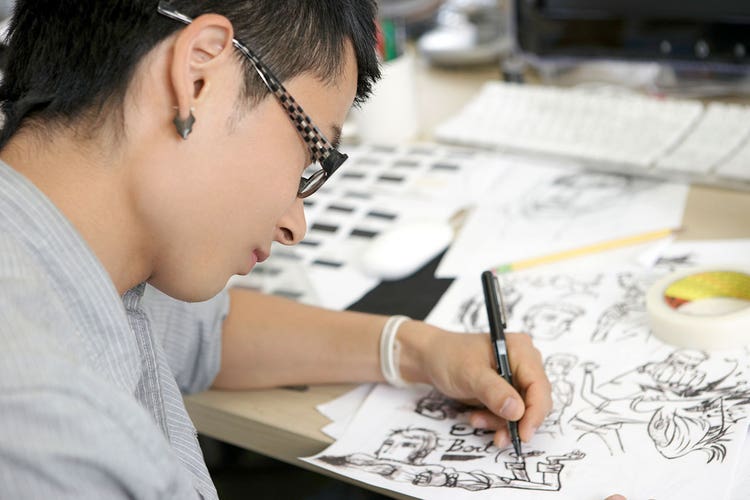
The act of being creative is scary, especially if you’re in a job that’s not traditionally considered creative. But that’s precisely why it’s so important, says artist and author Danny Gregory, who says being productive and creating is the most important way to deal with your inner critic. The more you create, the less you worry about whether your work is good enough—and the more likely something you create will in fact be good. You don’t have to write the next great novel or paint a masterpiece—it can be something as simple as sketching or writing a blog post. Because, as Gregory says, it’s much more important to make a lot of bad work than it is to make no good work at all.
Find your purpose.

If you can’t see the point in being creative, you’re starting with a limiting belief that makes your job that much harder. So be sure to connect your creative act with something greater. Gregory recommends thinking of everything you do as a bigger chain of incidents of service to others. So ask yourself: How will this specific act help other people? For example, let’s say you need to design a bank brochure about mortgages, and you think this is nonartistic and a waste of your time. Think about the people who will be reading the brochure. Think about how exciting it must be to get your first house and how you can be a part of the first step in their path to that goal.
Give yourself permission to fail.
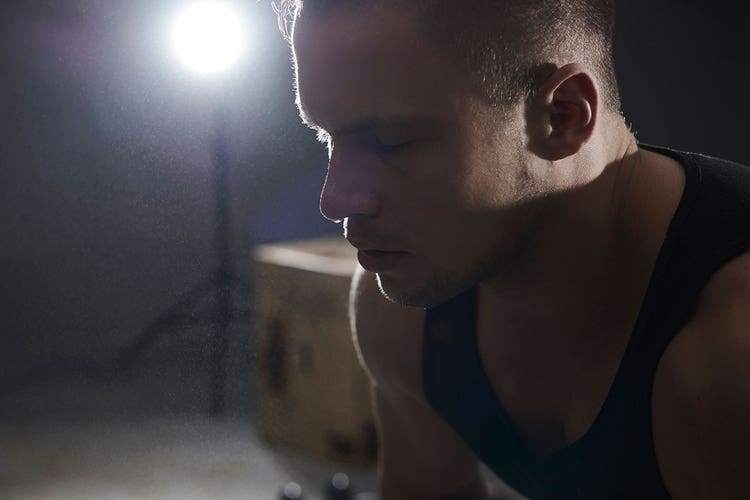
After interviewing several inventors for a book, Kennedy discovered a commonality in their childhoods: Many of them had a space as a kid where they were encouraged to follow their curiosity even if that meant making a mess. Some creative insights work spectacularly; others fail just as hard. But unless you give yourself permission to fail, you won’t be brave enough to find the solutions that work. Think of it the way Thomas Edison did. On his quest to create the lightbulb, he said, “I have not failed 10,000 times. I have not failed once. I have succeeded in proving that those 10,000 ways will not work.”
Certainly, creativity is a finicky thing. Even if you follow every single step in this process, there is no guarantee that you will be able to come up with the exact solution you need. But remember, if you are waiting for your creative muse to appear, she’s far more likely to show up when you are already working and preparing your work than if you’re just sitting around watching TV and hoping for an idea to hit you like a lightning bolt.
Photo credits: (hero) Todd Cribari, inspirostudio.com and grooming: Mariah Nicole, mariahnicole.com; jdwfoto, Adobe Stock; YekoPhotoStudio, Thinkstock; Ivan Mikhaylov, Thinkstock; Ciaran Griffin, Thinkstock; natalie_board, Thinkstock; gpointstudio, Thinkstock